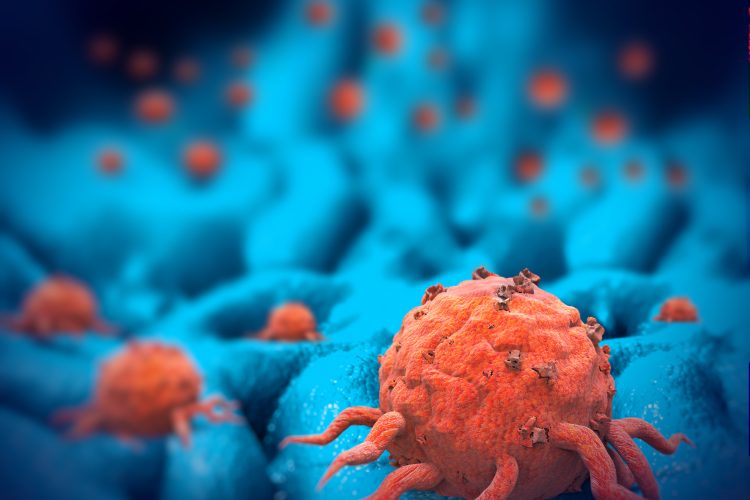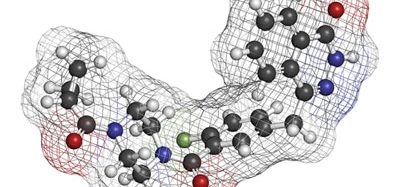Potential for targeted therapies based on the gigaxonin pathway
Posted: 29 February 2024 | Drug Target Review | No comments yet
Researchers have discovered that higher expression of gigaxonin suppresses aggressive growth of human head and neck cancer cells.


UCLA Health Jonsson Comprehensive Cancer Center scientists have demonstrated for the first time that a gene typically linked to giant axonal neuropathy also plays a role in inhibiting aggressive tumour cell growth in head and neck cancers. The study’s results indicate that higher expression of gigaxonin could contribute to improved survival rates of head and neck cancers, which could be used as a diagnostic marker for identifying less aggressive forms of the disease.
Multiple neurodegenerative diseases are associated with an increased risk of cancer, often due to gene mutations that hinder the cell’s ability to repair DNA damage. Giant axonal neuropathy, a rare and severe genetic disorder that progressively damages the peripheral nerves and central nervous system (CNS), is caused by mutations in the GAN gene, resulting in loss of expression of the protein called gigaxonin.
Gigaxonin is essential for maintaining the structural integrity of cells. In previous studies related to head and neck cancer, the UCLA team observed that gigaxonin interacts with another protein named p16 to add a ubiquitin molecule to the NF-κB protein. Known as ubiquitination, this process is a way cells regulate the activity of proteins. However, the exact role of gigaxonin in cancer has not yet been well understood.
In the new study, the researchers analysed normal and tumour DNA from cervical and head and neck cancers to gain insight into the role of gigaxonin in tumour development. Also, they investigated cancer cell lines with different genetic variations to understand the relationship between the genetic variation, gigaxonin expression, and the growth of cancer cells. This included their response to cisplatin, a type of chemotherapy. Furthermore, they examined how gigaxonin is involved in ubiquitinating a transcription factor NF-κB and possibly associated with the development of head and neck cancer.
They established that ubiquitination of NF-κB results in downregulation of Snail, a protein associated with epithelial to mesenchymal transition (EMT), demonstrating that expression of gigaxonin suppresses aggressive growth of human cancer cells.
Additional studies are required to validate the use of gigaxonin as a diagnostic marker, but this study may lead to the development of targeted therapies based on the gigaxonin pathway.
This research was published in Cancer Research Communications.
Related topics
Cancer research, Cell Line Development, Drug Targets, Oncology, Protein Expression
Related conditions
Cancer Research, Cervical cancer, Head and Neck cancer
Related organisations
UCLA Health Jonsson Comprehensive Cancer Center








